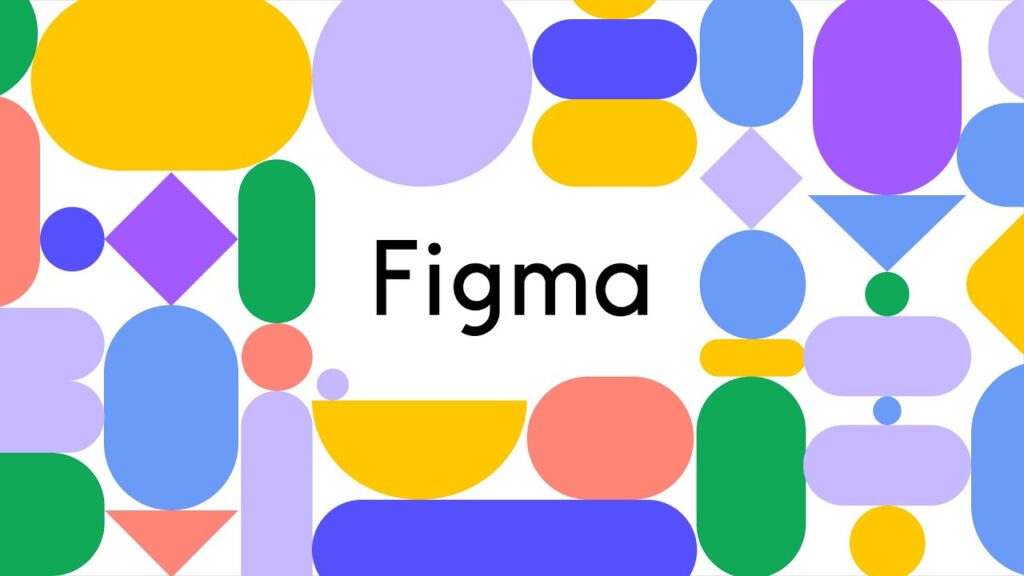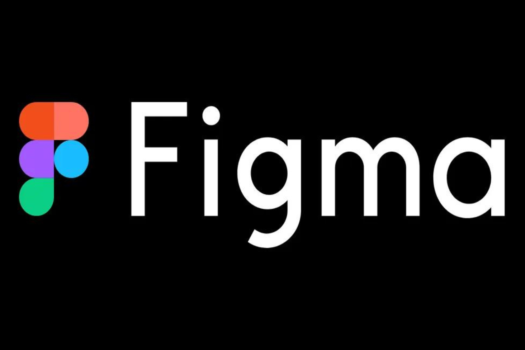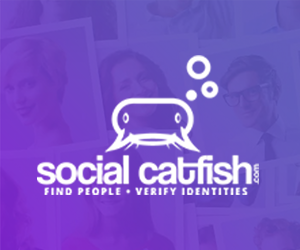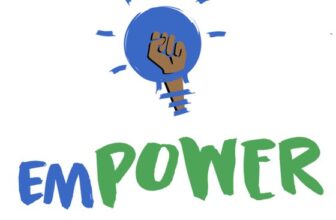In the ever-evolving world of design, staying ahead of the curve is essential. With the advent of cloud-based design tools, collaboration has taken a front seat, and Figma has emerged as a frontrunner in this arena. In this comprehensive review, we’ll explore how Figma is shaping the future of collaborative design and why it’s a game-changer for designers and teams worldwide.

A New Era of Collaboration
Figma, introduced in 2016, has redefined how designers approach their work. It ushers in a new era of collaboration by moving design to the cloud, making it accessible from any device with an internet connection. No longer are design files tied to a specific machine; they’re stored securely in the cloud, ready for real-time collaboration and sharing.
Real-Time Collaboration: A Game-Changer
One of the standout features of Figma is its real-time collaboration. Multiple team members can work on the same design file simultaneously. Whether you’re in the same room or halfway across the globe, this feature makes it feel like everyone is huddled around the same design table. It streamlines the design process and accelerates decision-making.
Benefits of Real-Time Collaboration:
- Instant Feedback: Team members and stakeholders can provide instant feedback on design elements, fostering a more agile and responsive design process.
- No More Version Control Hassles: With real-time saving and version history, there’s no need to worry about saving or managing different design iterations.
- Global Collaboration: Figma’s cloud-based approach facilitates collaboration between remote teams, clients, and designers from different time zones.
Design System and Consistency
Figma helps designers maintain consistency throughout their projects with the creation of design systems and reusable components. This ensures that every element adheres to the same design principles, reducing the chances of design inconsistencies and saving valuable time in the long run.
Prototyping and User Testing
Design doesn’t stop at creating static visuals. Figma empowers designers to turn their ideas into interactive prototypes. Creating user flows and testing them becomes a breeze with Figma’s prototyping capabilities. This feature is especially valuable when presenting design concepts to clients or conducting user testing.
Benefits of Prototyping in Figma:
- Interactive User Flows: Designers can create and test realistic user interactions, making the design process more user-centric.
- Client Presentations: Prototypes provide a tangible way to showcase design concepts and gather feedback from clients.
- Iterative Design: Quick user feedback integration allows for design improvements and iterations.
Handoff to Developers
Figma’s features extend beyond design. It also caters to the needs of developers with easy access to design specs, assets, and CSS code. This seamless transition from design to development ensures that the final product matches the design vision.
Is Figma for You?

Figma has become an industry standard for designers, teams, and even clients looking for a streamlined design and collaboration tool. Its cloud-based, real-time collaborative features, combined with robust design capabilities, make it an ideal choice for:
- Remote teams
- Design agencies
- UX/UI designers
- Web and app developers
- Product managers
Whether you’re a seasoned designer or just starting your creative journey, Figma’s user-friendly interface and powerful toolset will transform your design process and inspire innovative thinking.
Conclusion
Figma is more than just a design tool; it’s a transformative force in the world of collaborative design. As the design industry continues to evolve, Figma stands at the forefront, setting the standard for cloud-based collaboration and design excellence. If you’re looking to embrace the future of design, Figma is a tool that should be in your arsenal. Try it out and witness the revolution in collaborative design for yourself.







